Donkeys and horses hybrids are pretty common among domesticated animals. Still, there are some subtle differences among hybrids that mainly depend on their parents.
The offspring born by crossbreeding a horse and a donkey can have different names depending on their mother and father species. Let’s see what is the name for the offspring of a male donkey and a female horse.
Types of Equine Hybrids
The equine (horse family) is a subfamily of the Equidae animal family. The animals classified as equines are horses, ponies, donkeys, zebras, and hybrid species like mules and hinnies (asses).
Hybrids are animals with parents that come from different species. A necessary condition is that those species are similar enough, making them compatible for interbreeding.
In other words, you can’t pair a horse and fish, for example, because they are too different. However, donkeys and horses belong to the same animal family and share similar features necessary for successful interbreeding.
This kind of crossbreeding is almost always a result of human intervention. You will rarely find a case of donkeys and horses mating in the wild.
Crossbreeding Process
When you want to get a hybrid equine, the best option is to crossbreed a donkey and a horse. There are two possible outcomes of this kind of breeding.
When a female donkey (jennet, jenny) is paired with a male horse (stallion), their offspring is called a hinny. The result of pairing a male donkey (jack) and a female horse (mare) is an animal called a mule.
Male mules are called horse mules, john mules, or jack mules, while female mules are well-known as mare mules or molly mules. Foals, or young mules, are called just like young purebred horses. A young male mule is a colt, while a young female mule is a filly.
When talking about horse breeding and horse pedigree, the father is referred to as a sire, and the term used for the mother is a dam. A mule is a hybrid species with a donkey father (sire) and horse mother (dam).
Mules’ Reproduction
Most hybrid animals are sterile, meaning they can’t reproduce. That is usually the consequence of different species having a different number of chromosomes.
When you compare horse’s and donkey’s biology, you can see that the horse has 64 chromosomes and the donkey only 62. Their interbreeding makes a mule with 63 chromosomes. The uneven number prevents them from pairing correctly and leaves the hybrid animal infertile.
There are few exceptions recorded so far, where a mare mule was paired with a purebred horse or donkey and gave birth to mules. However, that kind of reproduction is only sporadic.
Mule’s Characteristics
With parents that belong to two different species, mules have both
donkeys and horses characteristics. They usually inherit all the best traits of both parents and very few of the bad ones.
Mule’s physical appearance
Like many mammal offspring, mules mostly look like their dams regarding physical features. You can best see that when looking at the proportions of their bodies, particularly the shape of their necks and rumps.
Body shape and structure
Horses are always bigger than donkeys, and that also means horse females have bigger wombs. With a horse mother, a mule can grow more than a regular donkey. Mules’ teeth and their coats also resemble a horse, but their backs are flatter than horses’ ones.
Mules often feature short, thick heads with short manes. They have ears longer than a horse, but they are still shorter than the ones of donkey parents. On the other hand, mules’ limbs are thin, and their hooves are small and narrow. Those are the characteristics they share with their donkey ancestors.
Size and color
Mules rarely inherit white, pinto (with spots), or palomino (yellowish) coat. Their most common colors are:
- Sorrel (red)
- Bay (brown)
- Grey
- Black
As for their size, you can find mules weighing from 200 pounds (91 kg) to even 1,000 pounds (454 kg). They can be miniature and have only 35 inches (91 cm) in height, while others are tall up to 68 inches (172 cm) from their hooves to the top of their heads.
As you can see, mules can be small and chubby like ponies or look like large draft horses. Some even have the structure and elegance of fine-boned racing horses.
However, you shouldn’t strictly hold on to this description because there are many variations among these hybrids. In fact, you can find mules in all sizes, colors, shapes, proportions, and body structures. These traits primarily depend on their parents’ gene combinations.
Mule’s behavior
You have probably heard people say donkeys are stubborn and not so intelligent. In reality, these animals possess great common sense. Their stubbornness comes from an intense desire for self-preservation, and that temperament keeps it safe. These are the characteristics that a donkey sire passes to a mule.
Once the mule faces danger, it can be relatively unpredictable. When something scares this animal, it will run away or freeze in one place. That kind of contrast behavior appears because horses and donkeys react differently to danger.
Thanks to its flight reflex, the horse will run away when something scares it. Even when something as harmless as a rabbit runs in front of the horse, it will often take flight and leave its owner or ridder. On the other hand, a donkey will refuse to move when something scary is on its path, thanks to its freeze reflex.
The way each mule acts in such situations depends not on the traits it has inherited from its parents but more on the mule’s unique personality.
Attitude towards humans
Donkeys can be very approachable to work with, and they have an almost natural attraction to humans. On the other hand, horses are loyal and obedient only when appropriately trained. It is the same with mules.
If you show them patience and kindness, mules will trust you and listen to you. On the other hand, the mule won’t be such an excellent companion if you try to get your way by force.
Hybrid vigor
The whole point of crossbreeding and making hybrid animals is getting the best of both parent species. The goal is to remove their negative traits and weaknesses during the crossbreeding process while the positive, desirable traits are passed on. That is called hybrid vigor. Mules are probably the best example of hybrid vigor.
They manifest high endurance, strength, intelligence, and the strong need for self-preservation passed on by the donkey sires. Hybrid vigor also provides a better immune system. That is why mules are less likely to catch diseases or parasites typical for horses and donkeys.
Sure-footedness, the ability to walk lightly on rough terrains, is another trait that comes from the donkey parent. The incredible speed and athletic abilities, along with elegant body structure, the mule inherits from the horse ancestors.
Mules Usage
Since mules inherit a mix of horses’ and donkeys’ best characteristics, they are beneficial to humans. Plus, their hybrid vigor makes them sturdier than purebred parents.
For instance, mules can jump high from a standing start, even above their own height. They always inherit both intelligence and obedience, so they gladly accept training and learn quickly. Plus, they behave well under the saddle.
Mules are incredibly sure on their feet, and they can walk long distances on rough and uneven terrains with much less effort than horses. For that reason, people have used them for carrying cargo across mountains and rocky or steep trails for centuries.
Mules also have a pretty large carrying capacity. They can transport more weight than the horse of the same size due to their specific muscle structure. Extreme temperatures are usually not a problem for these animals, as well. They handle harsh climates much better than horses.
Using mules instead of horses for transport has another significant advantage. Mules require less food. That means it not only costs less to feed them, but they can also carry more goods or equipment because their food takes less space.
The mixture of flight and freeze reflexes makes mules less likely to run away when they face danger. That trait was crucial in war times. Unlike horses that run away due to sudden noise, mules were more reliable for transporting ammunition and supplies in areas hit by the conflict.
Advantages of Mules in Modern Times
Mules are excellent draft animals and can transport all kinds of supplies, equipment, and people. That can come in handy even in the modern world because they can go to the areas that motor vehicles can’t access. For people who need to go to rocky mountain areas, canyons, or unstable ground, mules are irreplaceable.
Summary
When two animal species are similar enough, like horses and donkeys, people can crossbreed them and make hybrid animals that inherit the best of both parents. Pairing male donkeys and female horses result in mules, incredibly strong and valuable animals in everyday life.
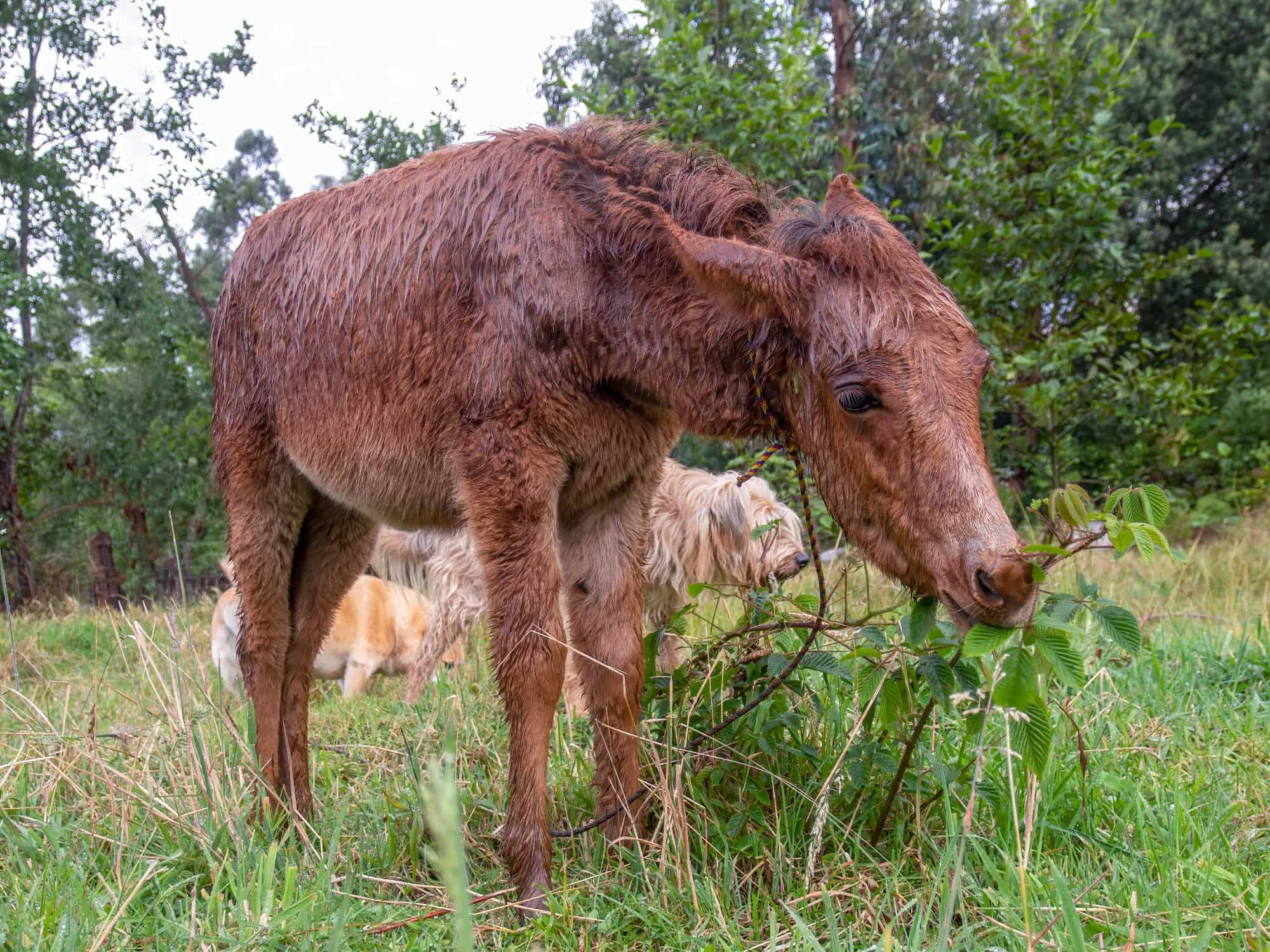
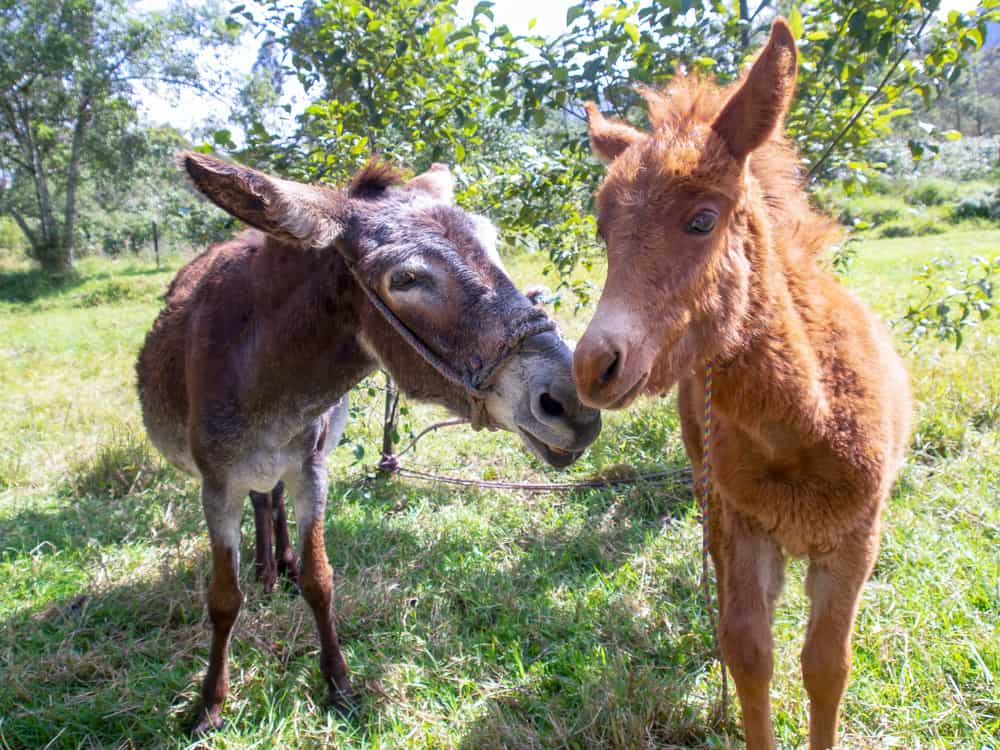
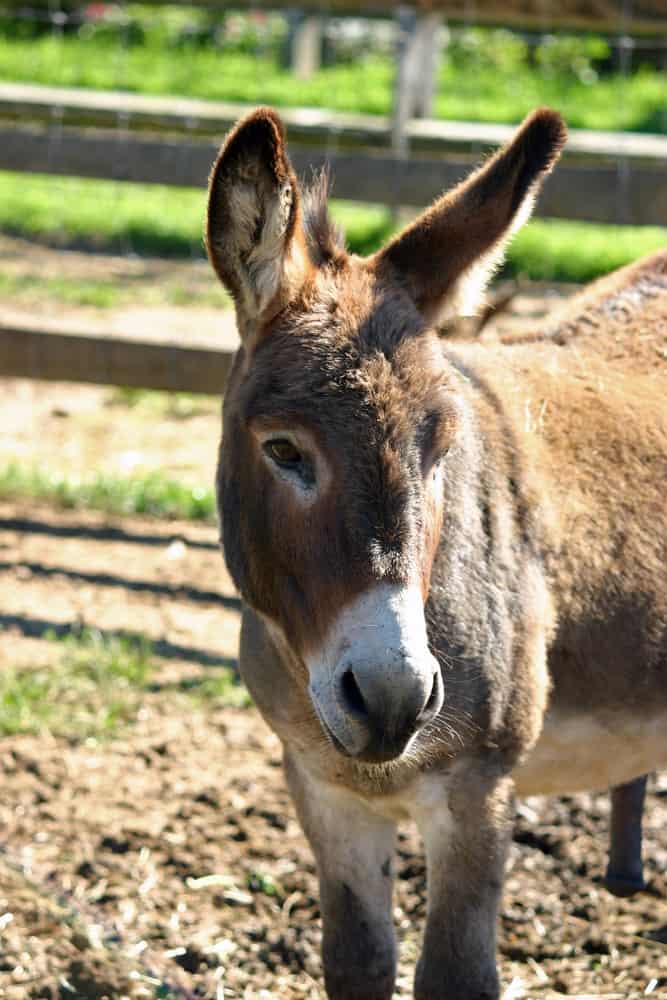
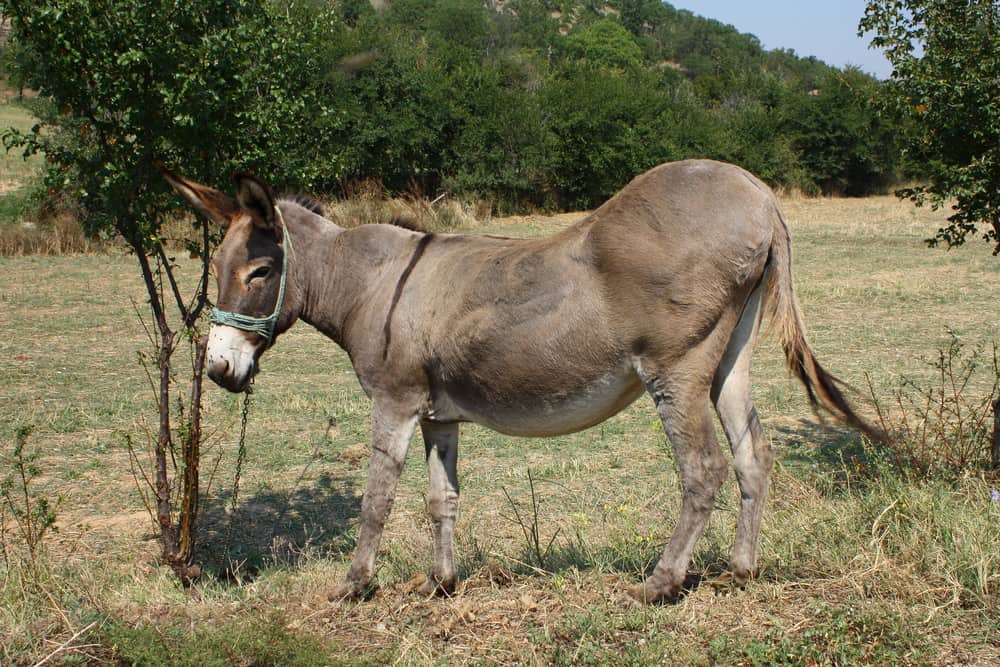
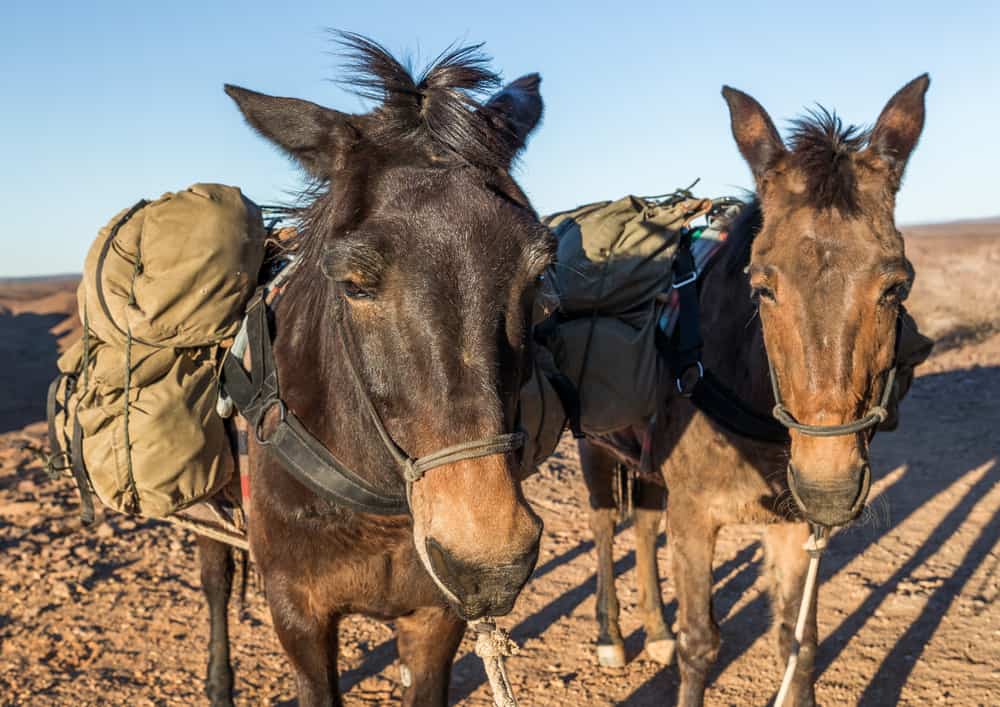








Interesting! I never knew that the offspring of a male donkey and a female horse was called a mule. Thanks for sharing this information with us.